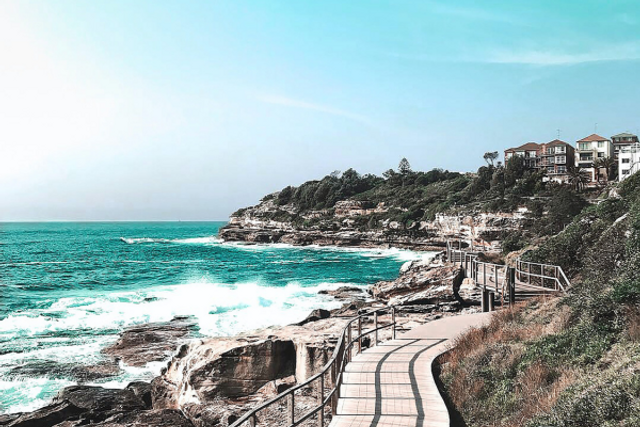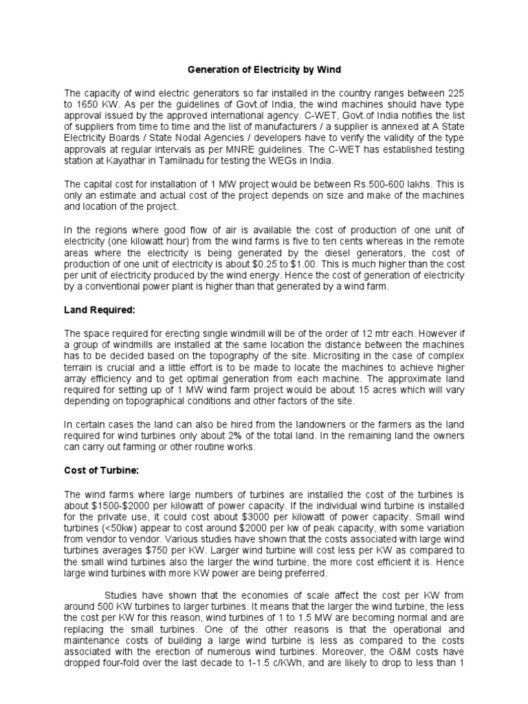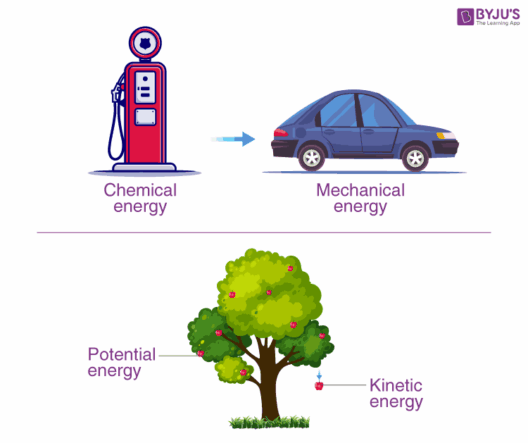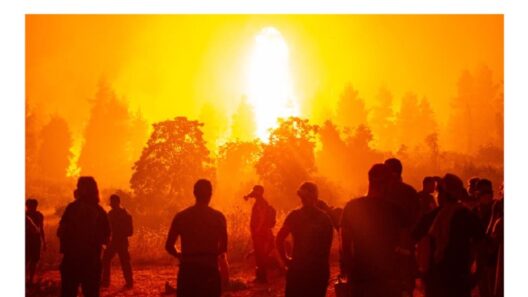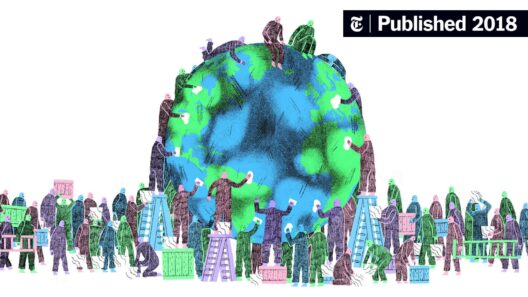France, a nation renowned for its history, culture, and cuisine, presents a remarkable array of climatic conditions that span from its picturesque coastal areas to its interior continental regions. The diversity of France’s climate is a fundamental aspect of its geography, influencing agriculture, biodiversity, and everyday life. Understanding these climatic variations reveals the intricate relationship between the natural environment and human activity across this vibrant country.
The climate of France can be broadly categorized into several distinct zones. Notably, the coastal climate and continental climate present intriguing contrasts that compel further exploration. These differences not only affect weather patterns but also shape regional identities and lifestyles.
Coastal Climate: A Gentle Embrace of the Sea
France’s coastline, stretching from the northern shores along the English Channel to the southern coasts of the Mediterranean, experiences a temperate maritime climate. Characterized by moderate temperatures and higher humidity levels, this coastal climate is profoundly influenced by the surrounding oceans. The Atlantic and Mediterranean waters act as dynamic regulators, mitigating extreme temperature variations and providing moist air that fosters lush landscapes.
This maritime influence is most evident in regions such as Brittany and Normandy, where the proximity to the ocean creates a cooler and wetter environment. Summers are typically mild, while winters remain relatively mild compared to interior regions. The interplay of these climatic factors yields an environment conducive to diverse agriculture, including the famed apples of Normandy and the delectable seafood along the entire coastline.
A striking observation about France’s coastal climate is how it brings people closer to nature. The rhythmic cadence of waves crashing against the shoreline and the invigorating sea breezes invite a lifestyle centered around outdoor activities. From sailing in the Atlantic to enjoying sun-drenched beaches on the Mediterranean, residents and visitors alike revel in the opportunities that coastal life affords. This connection to the maritime world adds a layer of cultural richness to the French identity, celebrated in art, literature, and culinary traditions.
Continental Climate: A Study in Contrasts
As one ventures inland, the climate shifts dramatically to a continental climate, marked by more pronounced seasonal variations. Regions such as central France and the eastern areas, including Alsace and Lorraine, showcase the characteristics of this climatic zone. Winters can be frigid, often plunging below freezing, while summers can be scorching. This significant temperature range fosters unique ecosystems, considerably different from those found in coastal areas.
The continental climate exerts a substantial influence on agriculture, with farmers in these regions growing crops like wheat and barley that thrive in the cooler, drier conditions. Additionally, the vineyards of Burgundy and Champagne owe their global renown to the region’s seasonal variations that facilitate the production of high-quality wines. The cold winters and warm summers create ideal grape-growing conditions, leading to rich flavors and character.
However, the continental climate also presents challenges. Extreme weather events, such as heatwaves and frost, can threaten crops and disrupt livelihoods. The stark contrasts of the climate engender a resilience among the population, as communities adapt their practices to navigate the vicissitudes of nature. The intricate balance between coping with these challenges and celebrating the bounty of the land reflects a deeper appreciation for the landscape and the forces that shape it.
Cultural Reflections: How Climate Influences French Identity
France’s climatic dichotomy does more than affect agriculture and ecology; it also permeates the cultural fabric of the nation. In coastal regions, the leisurely pace of life is often mirrored in the traditions of seaside towns. Marketplaces brim with fresh seafood, while local festivals celebrate maritime heritage. The community’s identity is inextricably linked to the ocean, fostering a strong sense of place.
In contrast, the continental interior boasts a vibrant cultural scene grounded in agriculture and winemaking. The artistry of gastronomy is influenced by the local terroirs, where every season brings new culinary delights. The rich tapestry of French culture is thus interwoven with its geography, and the climatic divisions serve as a backdrop for diverse traditions, folklore, and celebrations.
Moreover, the climate of France captures the imagination of both locals and visitors. The gentle climates of coastal regions inspire a sense of tranquility, while the dramatic shifts of the continental climate evoke narratives of survival and adaptability. This dynamic relationship between the environment and its inhabitants creates a profound fascination with the land.
As climate change continues to loom as a global challenge, understanding the nuances of France’s climatic zones becomes paramount. The implications of shifting weather patterns threaten not only agriculture but also cultural practices that have developed over centuries. French communities face the need to reshape their relationship with the land, adapting to new realities while honoring the rich legacies of their climatic heritage.
In summation, the climate of France is a tapestry woven from the coastal to the continental. By appreciating the distinct features of these climatic zones, one can delve deeper into the profound connections between geography, culture, and daily life. A nuanced understanding of France’s climate offers critical insights into both the challenges and celebrations inherent in living amidst such remarkable diversity.



